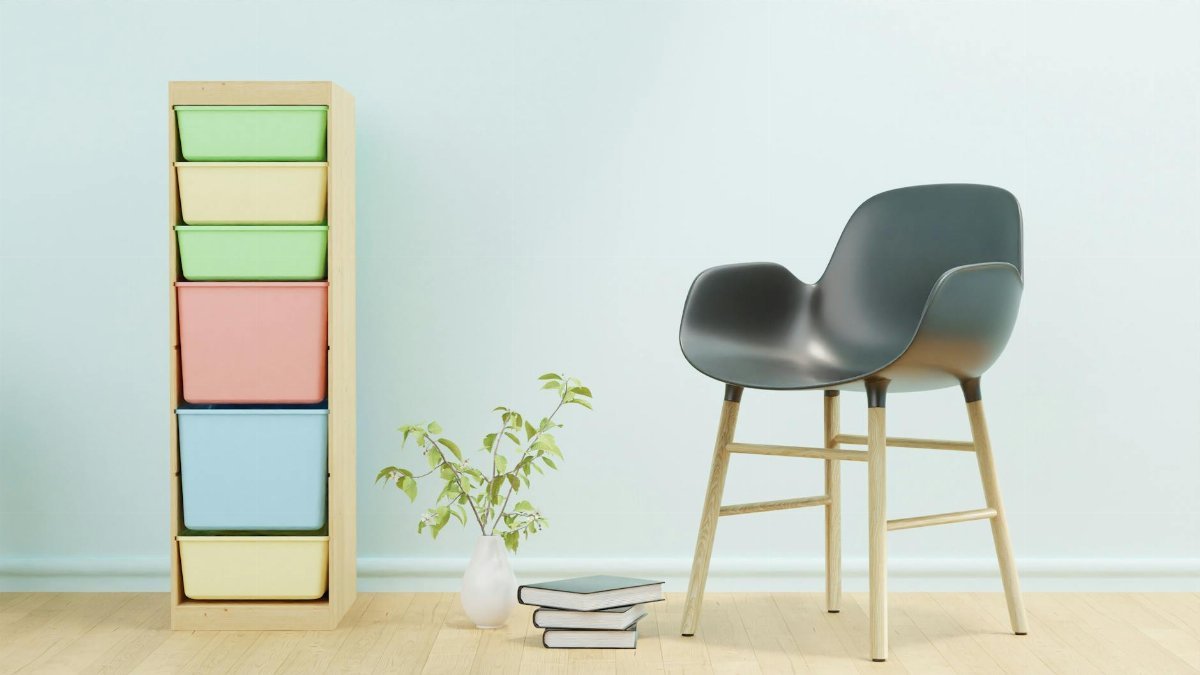Imagine a quiet, dimly lit corridor of a storage facility on the outskirts of a bustling American city. Metal doors line the hallway, each hiding a story of loss, resilience, or desperation. Behind one of those doors, a single mother arranges a makeshift bed for her child, using cardboard boxes as a barrier against the cold concrete floor. This is not a scene from a dystopian novel but a growing reality for many facing housing insecurity in 2025. Storage unit living, as it’s come to be known, is a last resort for those priced out of traditional homes or shelters. It’s a hidden crisis, one that social workers across the country are witnessing with increasing frequency. What does it mean to call a 10-by-10-foot metal box a home? And what emotional scars does it leave behind? This is a story of survival—and the toll it takes.
The Hidden Crisis of Storage Unit Living
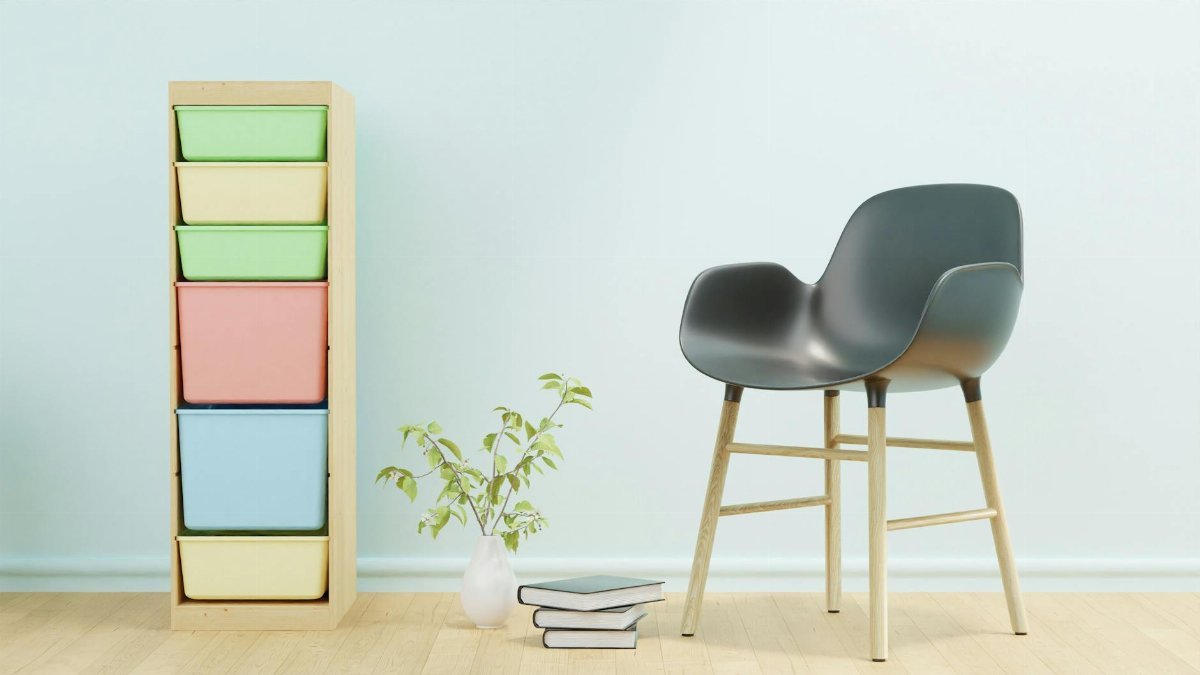
In cities like Los Angeles, Seattle, and Atlanta, the housing crisis has reached a breaking point. Rents soar while wages stagnate, and shelters often lack the capacity to meet demand. For some, storage units become a grim alternative. Social workers report seeing families, veterans, and even elderly individuals turning to these spaces when no other options remain. A 2023 report from the U.S. Department of Housing and Urban Development noted a 12% increase in unsheltered homelessness since 2020, with many falling through the cracks of traditional aid systems. Storage units, meant for furniture or old keepsakes, offer a roof and a lock—basic needs that feel like luxuries to those with nowhere else to go. But at what cost to their mental health?
The numbers are hard to pin down. Storage facilities aren’t legally zoned for habitation, so those living in them often evade official counts. Social workers, however, see the reality up close. They describe clients who pay $100 to $200 a month for a small unit, sneaking in at night to avoid detection. The situation is a patchwork of desperation, driven by systemic failures in affordable housing.
A Roof, But Not a Home

“It’s a place to sleep, but it’s not living,” one social worker shared during a recent conversation in a community center in Portland. She recounted meeting a client, a father of two, who had been staying in a storage unit for three months after losing his job. The lack of ventilation, running water, and privacy turned every day into a battle. His children, she noted, seemed withdrawn, their laughter replaced by a quiet unease. Social workers often see this pattern: the physical constraints of storage unit living mirror an emotional confinement. There’s no space for normalcy, no room to breathe—literally or figuratively.
Studies back up these observations. Research from the American Psychological Association highlights how unstable housing correlates with higher rates of anxiety, depression, and trauma, especially in children. When home is a cold, dark box, the mind bears the weight of that instability. The father in Portland spoke of shame, of feeling like he’d failed his kids. For social workers, addressing that shame is often the first step in rebuilding trust.
The Weight of Isolation

Living in a storage unit often means living in secret. Residents hide from facility managers, neighbors, and sometimes even friends. That secrecy breeds isolation, cutting people off from the social supports that might help them recover. A social worker in Chicago described a young woman who spent six months in a storage unit after escaping an abusive relationship. She had no one to turn to, no community to lean on. “She’d come to our drop-in center just to talk,” the worker recalled. “She needed to feel seen.”
Isolation amplifies mental health struggles. According to a 2022 study by the National Institute of Mental Health, social disconnection is a key driver of depression among the homeless population. Storage unit living, with its enforced solitude, deepens that risk. Social workers often find themselves playing multiple roles—counselor, advocate, friend—just to bridge that gap. But resources are thin, and caseloads are heavy. The emotional toll isn’t just on the clients; it wears on the helpers too.
Children Caught in the Crossfire
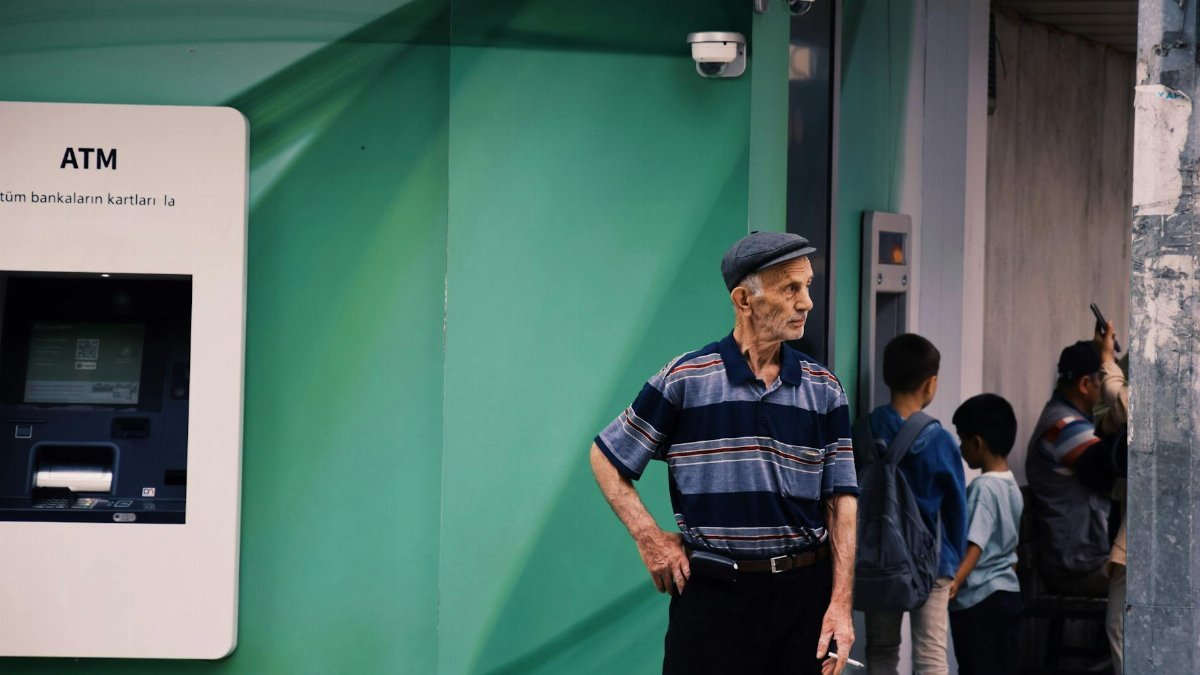
For children, the impact of storage unit living can be especially devastating. Imagine a third-grader trying to focus on homework under the glare of a battery-powered lantern, or a teenager hiding their reality from classmates out of fear of judgment. Social workers report seeing developmental delays, behavioral issues, and profound anxiety in kids forced into these environments. A 2021 report from the Child Trends research organization found that housing instability disrupts education and social bonds, often with lifelong consequences.
One social worker in Florida shared a memory of a 10-year-old boy who drew pictures of his “metal house” during a counseling session. The drawings were stark—gray walls, no windows, stick figures huddled together. “He didn’t talk much,” the worker said, “but those pictures said everything.” Helping these children process their reality is a delicate task. It’s about validating their feelings while gently steering them toward hope, often in the face of bleak circumstances.
The Burden on Social Workers
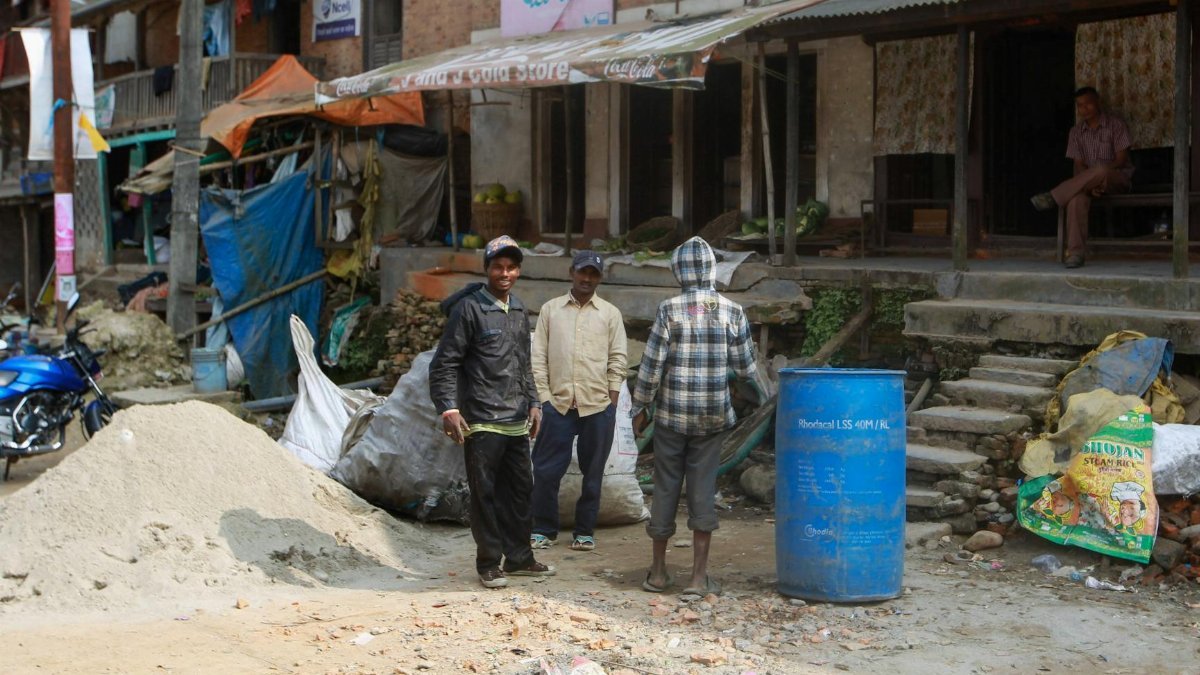
On the front lines, social workers grapple with their own emotional load. They’re trained to maintain boundaries, but the stories of storage unit living often hit close to home. “You can’t unsee it,” a worker in San Diego admitted. She described nights spent worrying about a client—a single mother with a newborn—whose storage unit lacked heat during a cold snap. The helplessness can be crushing. Burnout rates are high; a 2023 survey by the National Association of Social Workers found that over 40% of respondents considered leaving the field due to emotional exhaustion.
Yet many persist, driven by small victories. Finding a client a shelter bed, connecting a family to food assistance, or simply listening without judgment—these moments matter. Still, the systemic barriers loom large. Without broader policy changes, social workers are often left patching holes in a sinking ship. The emotional toll of storage unit living ripples outward, touching everyone involved.
Searching for Solutions

What can be done? Social workers emphasize the need for systemic change—more affordable housing, expanded shelter capacity, and better access to mental health services. Grassroots efforts, like community outreach programs, also play a role. In some cities, nonprofits work with storage facilities to identify residents discreetly and offer resources. But funding is scarce, and stigma remains a hurdle. People living in storage units often fear reaching out, worried they’ll be evicted or reported.
At the individual level, social workers focus on building trust. They meet clients where they are, sometimes literally, visiting storage facilities to offer support. It’s slow, painstaking work. One worker recalled a client who, after months of outreach, finally accepted help applying for subsidized housing. “It felt like a breakthrough,” she said. But for every success, countless others wait. The crisis of storage unit living demands a louder conversation—one that lawmakers, communities, and everyday Americans must join.
A Call for Compassion
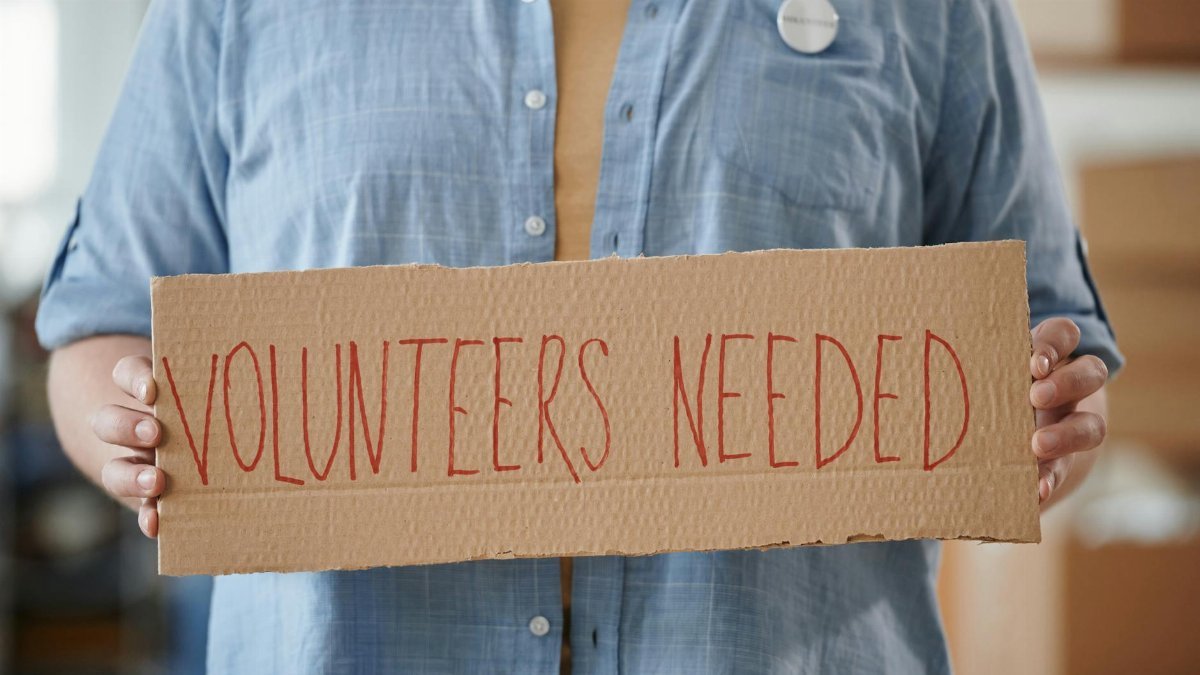
Behind every storage unit door is a human story. A veteran battling PTSD, a family displaced by eviction, a young person aging out of foster care—these are not abstract statistics but neighbors, friends, and fellow citizens. Social workers see their humanity every day, even as the grind of the job tests their resolve. Storage unit living is a symptom of deeper failures, a reminder of how fragile stability can be in 2025 America.
The emotional toll is steep, for those living in these spaces and for those trying to help them escape. It’s a quiet crisis, tucked away in industrial parks and forgotten corners of our cities. But ignoring it won’t make it disappear. Perhaps the first step is simply to acknowledge the weight of these stories—and to act with the urgency they deserve.
